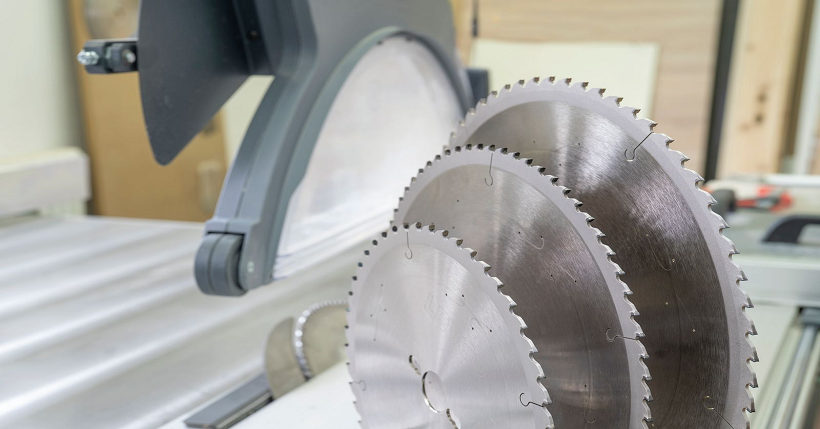Rules of Thumb when selecting a table saw, mitre saw or circular saw blade:
Blades with more teeth yield a smoother cut. Blades with fewer teeth remove material faster, but tend to produce a rougher cut with more “tearout”. More teeth means you will need to use a slower feed rate
No matter what type of saw blade you use, you will likely wind up with residue on the saw blade. You’ll need to clean off this residue using pitch solvent. Otherwise, your saw blade will suffer from “blade drag” and can produce burn marks on the wood.
Do not use a rip blade to cut plywood, melamine or MDF. This will result in poor cut quality with excessive “tearout”. Use a cross-cut blade or, even better, a good-quality triple-chip blade.
Never use a rip blade in a mitre saw as this can be dangerous and will provide very poor-quality cuts. Use a cross-cut blade.
If you plan to cut a large volume of a particular material, it may be best to purchase a blade specifically designed for that material. Most manufacturers supply user guide blade information. Naturally, all blade manufacturers think their blades are the best, so you can also refer to the information above to further assist you.
If you do not want to change blades frequently and you constantly cut a variety of material, as is the case with many people, it may be best to stick with a good-quality combination blade. The average tooth count is 40, 60, and 80 teeth. The more teeth, the cleaner the cut, but the slower the feed rate.















